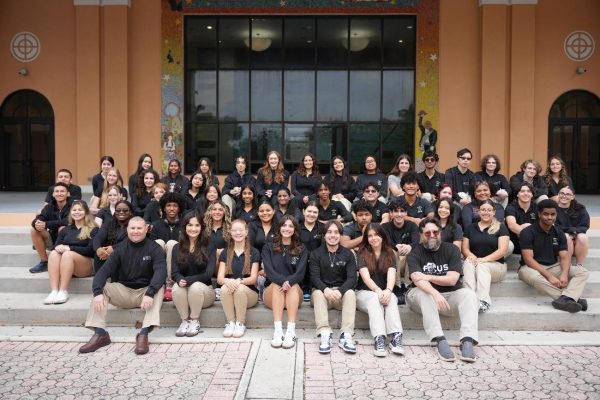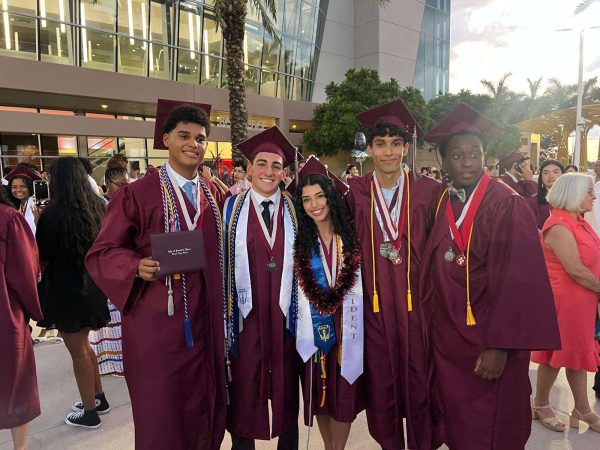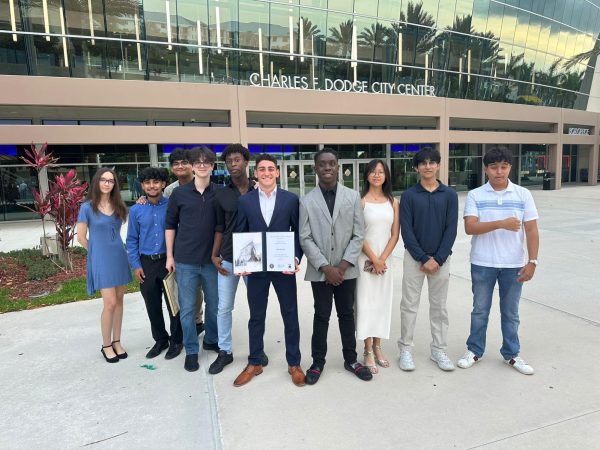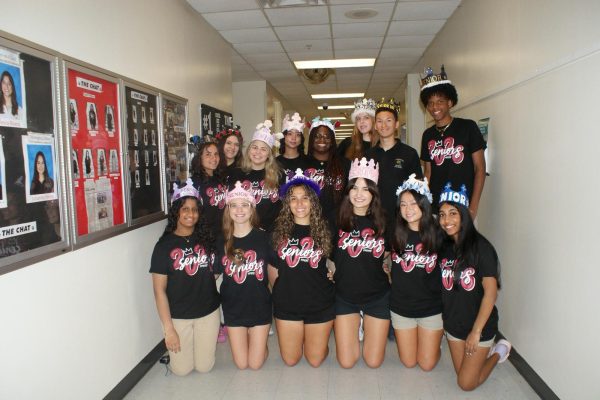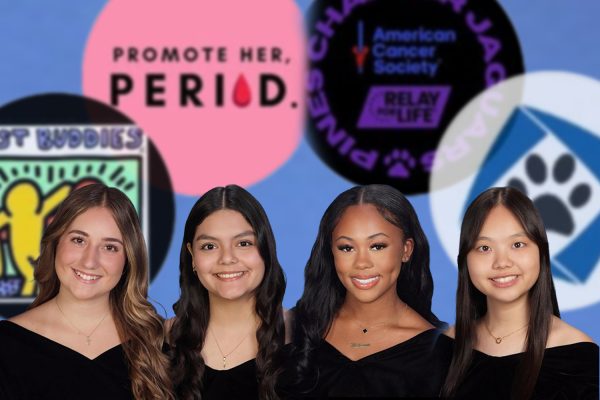An Underrated Situation: Ivy Leagues Fall from Grace?
As a student it may be crazy to think that the future you have paved the way for relies on the ink-blotted words pasted on the letters of your desired institutions. But, with a mix of emotions you rip open the letter that feels a little too light; your heart sinks knowing the possibilities of a rejection — then three words strike your spirit: “I am sorry”. This is the reality many students in the United States are experiencing as changes in the college admissions system sweep across the states. With shifts in testing reliance, transparency from schools, and a changing competitive atmosphere this reality has been hitting closer to home as more potential applicants begin to take advantage of the “lenient” standards.
What has led to this change of pace is the fact that the number of applicants “has increased more than 150 percent, even as the size of high-school graduating classes has remained fairly stable.” (The Atlantic) With this trend on the rise it has led students to be increasingly more conscious of their applications, as their competition just got broader.
While this has left many to feel unworthy of going big with their choices, advisors have noticed a similar pattern when it comes to this sentiment. As it stands today there is societal misinterpretation that you won’t be able to get accepted anywhere, but in reality you will as “75% of schools that use the Common App accept more than half of their applicants” (Jenny Richard, president/CEO of Common App); even as the type/quality of education isn’t as highly noticed like Ivy Leagues at least one is guaranteed to have an academic route post-graduation. (The Atlantic) In reality though what has driven the recent uptick in Ivy schools has been the status and title that follows you post-graduation. For Brady Garrison a name-brand degree to support his skills can certainly strengthen his impression in the job market.
But, with many higher-end institutions continuing to camouflage their standards (in efforts to keep their institutional brand) it has left students to ultimately assume their value in comparison to their peers and other societal standards. To this I surveyed a number of students at Pembroke Pines Charter High School and one of their main compromising points when pursuing an Ivy League institution was the financial perspective. When looking at this in the lenses of a Floridian student one would have to factor in room/board, food accommodations, travel expenses, etc. This in itself can inflate the amount one would spend on their Bachelors, let alone if one is looking to get their masters. This has left many students to turn a blind eye to these institutions and seek other (closer*) alternatives that better suit their familiar and personal circumstances. In the case of those who are looking to stay local they will be able to maximize their resources to the point where their savings will pay for a move to further their education in the future. But, for some students who were fortunate to score scholarship assistance it certainly played a part. Senior Daniel Valderrama has committed to Cornell for Aerospace engineering, and he believes that by creatively expressing himself with his personal essay, etc. he was able to stand out compared to other applicants, especially when you factor in the personal categories he met. When you begin to factor these things the college application process has become extremely overwhelming.
This experience is only exacerbated by the mere fact that as institutions continue to camouflage their standards it has left students to assume what is garnered as “acceptable”. While colleges are looking beyond test scores and into “what makes up the student” via their extracurricular activities, essays, and recommendations it has led them to ironically accept applicants who had lower GPAs or test scores to be accepted. This has inevitably put pressure on the student to have access to college counselors, computer access, as well as impressive lists of extracurriculars to match up with the “more qualified” students. While many consider to attend private universities, it may be worthwhile to ponder over the fact that not every student will commit. “At Northwestern, only 4 of every 10 accepted students” will reject.” (The Atlantic) As I referenced this to other Charter seniors this was quite a staggering fact since the societal expectation is to go all in for Ivy League institutions, but with the benefits outweighing the challenging ‘elite’ variables it might not be a bad idea to consider other ‘reachable’ avenues.
In gauging this extra competition, residual effects of the pandemic have been seen to shift the application landscape to be more cutthroat than it really needs to be. With much of the college application process moving to the Common App it has left more students to have an easier way applying to more schools, and with many schools going “test optional” this has emboldened students even further. But, to the dismay of students, grade inflation has affected the value behind the GPA weight scale, since there was an absence of test scores. Even displaying early interest has factored into the application process where interaction sells the idea that you are looking at a school well beyond their ie. Name recognition.
To adjust for these inflated applicants, colleges are now moving to fill in more of their incoming classes with applicants stemming from the early-admission cycles, reducing the uncertainty behind regular-decision cycles where students are more inclined to weigh other acceptances from other schools. For example, University of Pennsylvania filled 51% of its class early this year just as Boston University enrolled 13% of its class early as well. This shift in pattern has left students with the impression that early admissions (U of Penn). To address this it has been proposed to send in the required materials in a gradual process. Stephen Farmer, the vice provost for University of Virginia’s enrollment has wondered if “there is a more ‘iterative way’ of asking for materials’”. (The Atlantic) With this in mind it would potentially make the selection process more thorough and efficient as it would ensure students wouldn’t spend unnecessary time on preparing these materials. Interestingly, the ones keeping up with the rising number of undergraduates (62% increase since 1980) are major public universities, growing 55% in the last 40 years; however, this number shrinks to just 18% when considering private institutions. This extends to the likes of Princeton, Dartmouth, Sanford, and even Duke who “have combined to add just 2,400 spots since [1980]”. (OpenCampusMedia) In consideration of this it appears that even those that expected to go Ivy reconsider their plans, leaving more room for those who are genuinely interested. For those strongly considering Ivy League institutions, the idea of independence and ‘getting outside of the comfort zone’ has excited many to go the extra mile and apply – as seen with senior Gabriel Diaz.
Even if this process is a pivotal moment for high school seniors, a lot of times this process takes away from students experiencing high school moments like taking ‘interesting’ classes or even joining student government. If this were to be the case, who says this will spice up the chances of actually going Ivy when an even spicier option awaits you here in the Sunshine State?
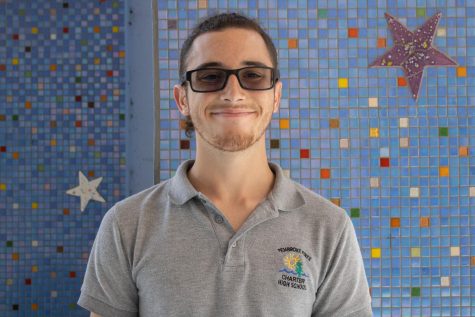
Hello there! My name is Dylan Padron and I am a senior at PPCHS this year. This is my third year in the CHAT and I am extremely excited to take up an even...

